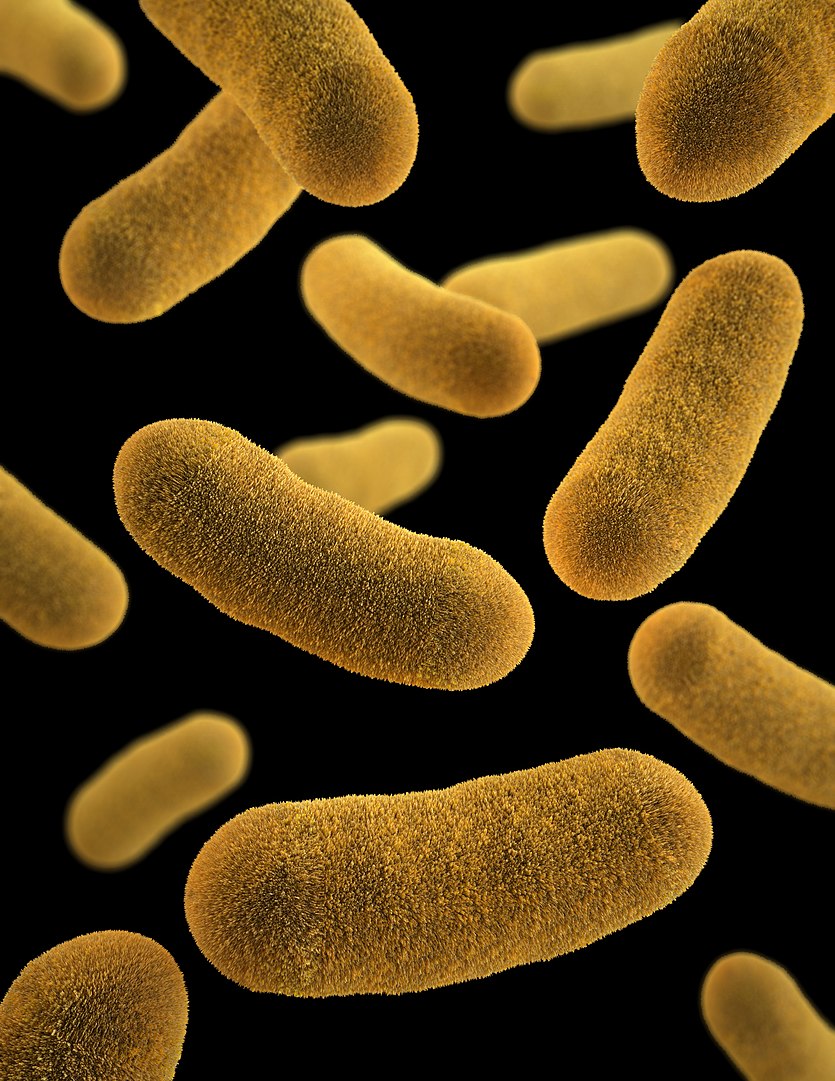Playlist
Show Playlist
Hide Playlist
Yersinia Enterocolitica
00:01 So, that�s the nasty. 00:03 Let's talk now about the less nasty and the far more common, and that would be Yersinia enterocolitica. 00:08 Yersinia enterocolitica is a common colonizer of the animal kingdom and especially our livestock, our rabbits and also of course, rodents. 00:19 Transmission of Yersinia enterocolitica therefore typically occurs through ingestion of contaminated food products or improperly prepared food products as well as water and some blood products which have been donated by an infected, asymptomatic patient who might deliver a significant aliquot or amount of Yersinia enterocolitica into their donated blood - either packed red cells or platelets. 00:48 The contaminated food is important because Yersinia is a slow grower and it especially loves warm, moist environments. 00:57 So foods in which one has a slow processing non-high heat, non-refrigerated approach to preparing them are the most commonly known to transmit Yersinia enterocolitica. 01:10 As an example, the food source, chitlins or menudo in which you have very slowly processed, slowly cooked animal meat products packaged within intestinal wall are common sources of exposure to this organism. 01:28 The disease itself, enterocolitis, as with other forms of food poisoning or food associated enterocolitis, is a very common secondary infection from Yersinia enterocolitica. 01:42 Patients will typically have diarrhea becoming bloody, grossly bloody. 01:46 Along with this they�ll have fevers, with sometimes rigors or chills and of course the crampy abdominal pain and the onset of pain right before defecation. 01:57 Duration for Yersinia enterocolitica is from one to two weeks and it will many times resolve spontaneously. 02:05 However, there is a chronic form which is a very unpleasant one year of intermittent waxing and waning, crappy abdominal pain with diarrheal stools. 02:15 The more infamous if you will or classic complication of infection with Yersinia enterocolitica is mesenteric lymphadenitis. 02:25 The enteric immune system reacts quite strongly to infection by Yersinia enterocolitica within the intestines and it does so by rapid and significant enlargement of the mesenteric lymph nodes. 02:37 This causes pain, any rapid swelling of an internal viscera, an internal organ stretches the capsule, and in the capsule are pain fibers. 02:48 As the capsule stretches the pain fibers are triggered and the pain -- Because of this and because the mesenteric lymph nodes typically refer pain to the lower quadrants, infections with Yersinia enterocolitica is one of the most common causes of pseudo appendicitis - pain, severe pain over the right lower quadrant in which the patient may think they have appendicitis and many times these patients are taken into the operating theater with that specific diagnosis in mind. 03:19 That complication is most common in young children who also appeared to be most at risked for acute appendicitis. 03:27 A final note about transfusion related infection with Yersinia enterocolitica, in this case the organism grows at those low temperatures and the harvesting of blood products occurs at such low temperatures and then within the blood sample itself, because it contains white blood cells, one can have continued proliferation of the organism to very toxic levels. 03:55 When the blood samples then delivered to the patient there's an immediate onset of the toxin, the cytotoxis and exotoxins related to a Yersinia enterocolitica, and the patient develops an immediate and severe transfusion reaction. 04:09 So, Yersinia, part of it very common, that being enterocolitica and a common source of gastroenteritis. 04:17 Part of it thankfully quite rare, Yersinia pestis, otherwise associated with the Plague, but when Yersinia pestis occurs in an epidemic fashion such as with the Black Death of the 1300s, it can be absolutely awe and fear inspiring. 04:34 Yersinia, definitely not an organism to mess with.
About the Lecture
The lecture Yersinia Enterocolitica by Sean Elliott, MD is from the course Bacteria.
Included Quiz Questions
Which lymph nodes are involved in infection caused by Yersinia enterocolitica?
- Mesenteric lymph nodes
- Axillary lymph nodes
- Pelvic lymph nodes
- Cervical lymph nodes
- Mediastinal lymph nodes
Which condition is most commonly associated with mesenteric lymphadenitis caused by Yersinia enterocolitica?
- Pseudoappendicitis
- Pancreatitis
- Hepatitis
- Gastritis
- Esophagitis
Which type of diarrhea is associated with enterocolitis caused by Yersinia enterocolitica?
- Bloody diarrhea
- Watery diarrhea
- Mucoid diarrhea
- Osmotic diarrhea
- Secretory diarrhea
Customer reviews
5,0 of 5 stars
| 5 Stars |
|
5 |
| 4 Stars |
|
0 |
| 3 Stars |
|
0 |
| 2 Stars |
|
0 |
| 1 Star |
|
0 |




